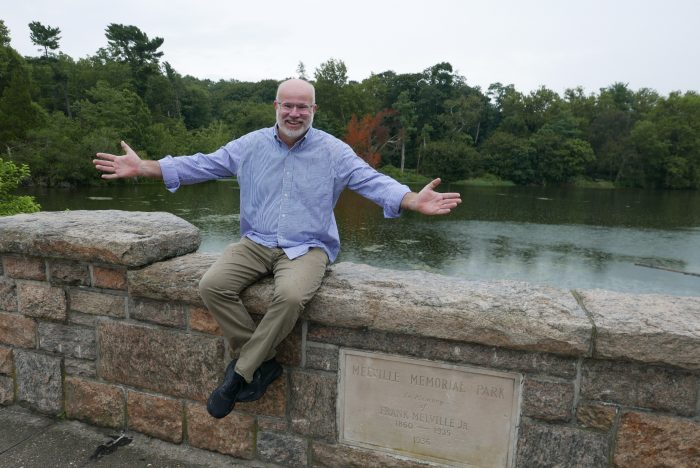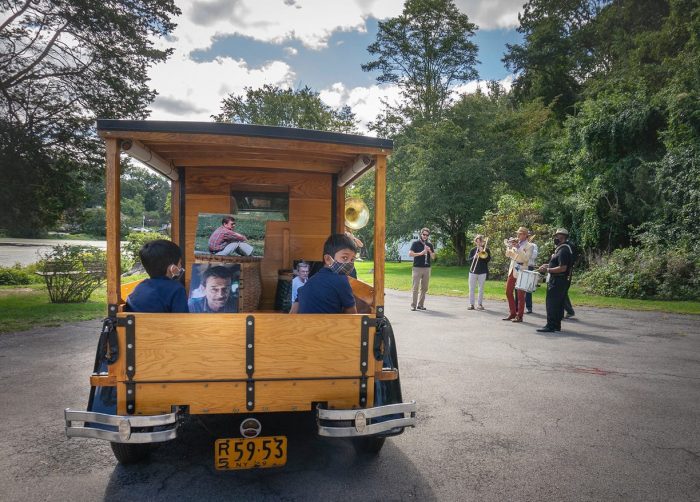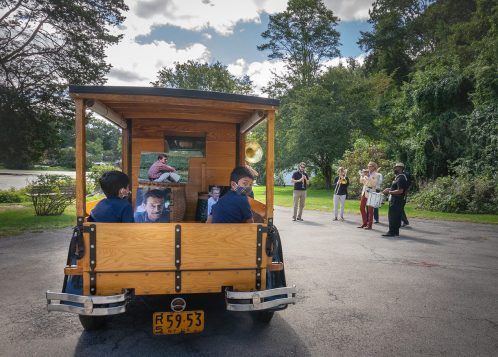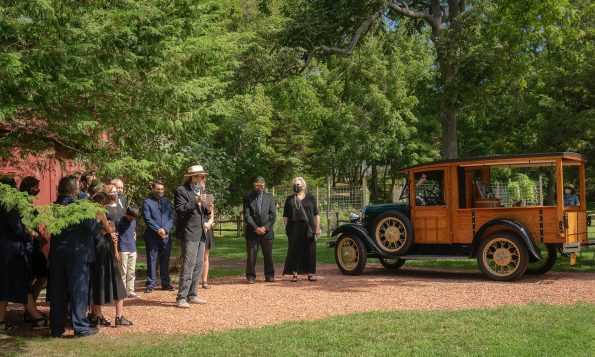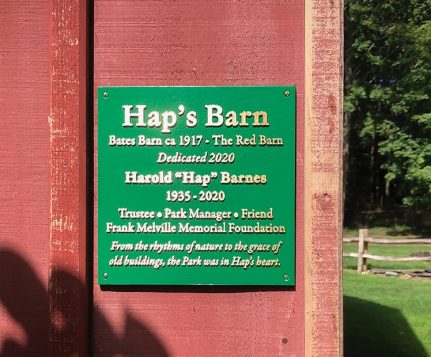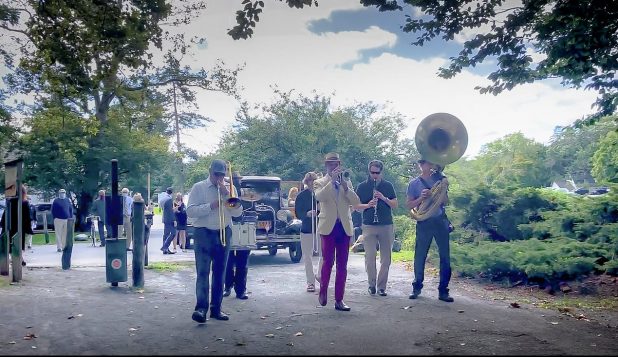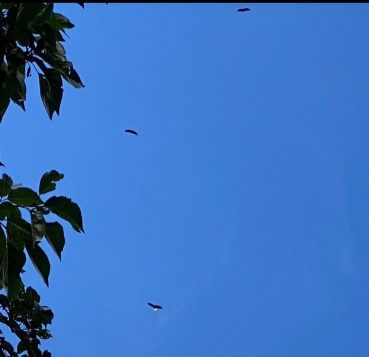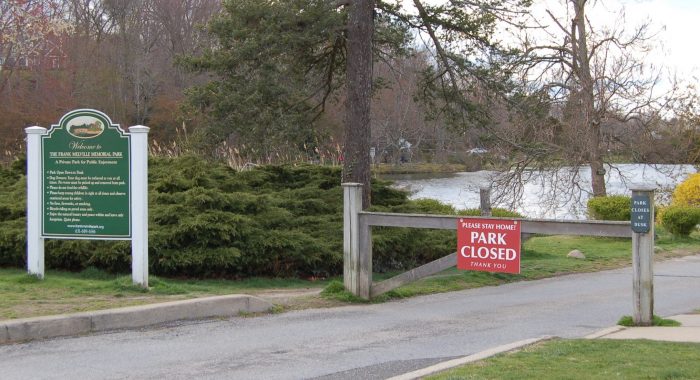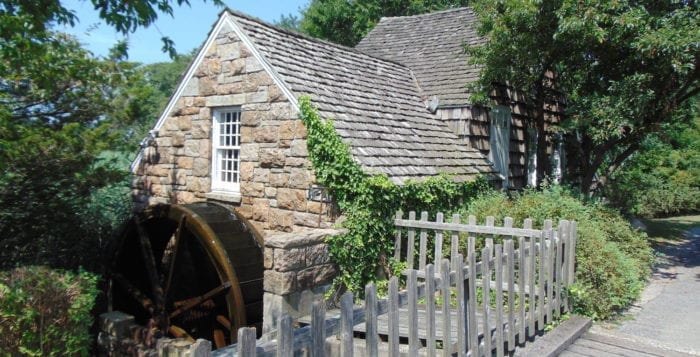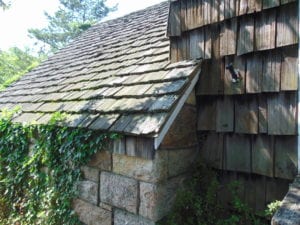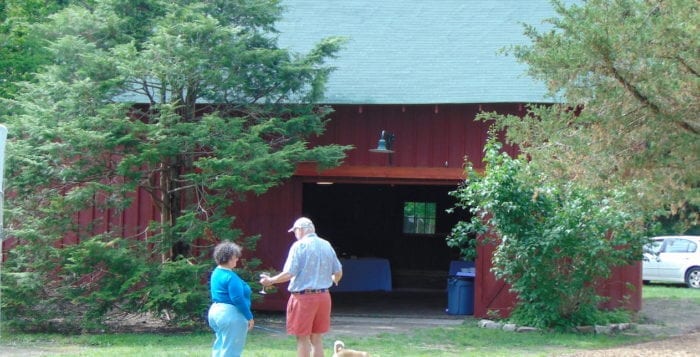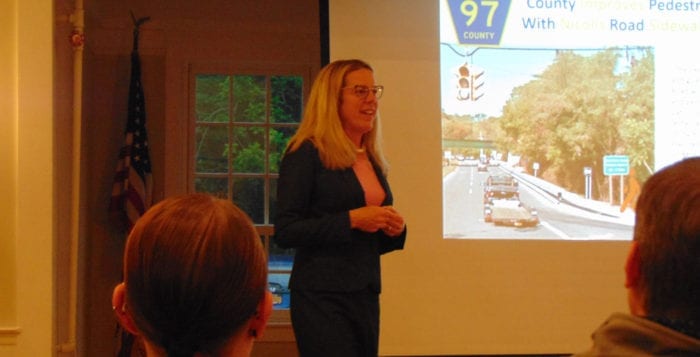The Frank Melville Memorial Foundation’s new president is a familiar name to many in the Three Village area.
Greg Ferguson replaced Robert Reuter as president of FMMF earlier this year. Reuter said after nine years in the role it was time to make room for someone new. The former president, now trustee, said it was a unanimous decision for Ferguson to take on the role. He described him as having strong management skills as well as getting along with everybody.
“He’s shown himself to be very enthusiastic about the full range of projects in the park,” Reuter said. “He initiated movie nights. He’s been a strong supporter of all the programs, and I think he’s an excellent person to lead the park in our challenging post-COVID times.”
Ferguson is the founder of Brookhaven Bike Co-op, which has locations in St. James and Manorville. The Setauket resident and attorney also runs the Ferguson Foundation with his brother Chris. The foundation strives to find organizations where its philanthropic investments will have an ongoing impact on the beneficiaries.
Ferguson, who has lived in Setauket for more than 18 years with his wife Rena and children Hugh, Sophie and Ella, said he lives a short walk from Frank Melville Memorial Park. He became involved with the foundation as a trustee more than four years ago and said it’s been fun being involved. When asked to join the board, Ferguson said he “happily and humbly agreed.”
“It’s a great organization, and the park is a beautiful place,” he said. “There’s a ton of stuff going on, too, so it’s not a museum or static type of thing. It has programs and initiatives and efforts.”
Ferguson said while the foundation may be smaller than other nonprofits, it is well run by its board members.
“We have financial people, lawyers, scientists and naturalists, so it’s really a fantastic variety of skill sets that the board brings to the place,” he said.
As far as his skill sets, in addition to being an attorney, the Setauket resident has also been a writer with his work published in U.S. News & World Report. The opportunity came about while he was in college and an exchange student in China during the time of the Tiananmen Square protests in 1989. He said people were needed to report on what was happening during the incident.
“I had no fear for my safety,” he said. “It was pretty much confined to one area.”
Today Ferguson and the board members deal with the issues that COVID-19 has brought to the area.
During the pandemic, the new foundation president said the park has become more popular and events have been even more well received than before. He said that it’s due to many other recreational places being shut down, while the park was only closed for a short time toward the beginning of the pandemic. He added that the increased interest in the park is wonderful, but it also means that the foundation board has had to enhance security.
Ferguson said the board members have long-term goals and are currently waiting for a permit to dredge the ponds. He said the park staff is tackling invasive plants and drainage issues, too. A cutting-edge septic system will also be installed on the property for one of the homes.
Ferguson said he’s looking forward to the board’s future work.
“Over the years I’ve been involved in a bunch of different nonprofits and this is by far the best run I’ve ever experienced,” he said. “It’s definitely wonderful to be involved.”

